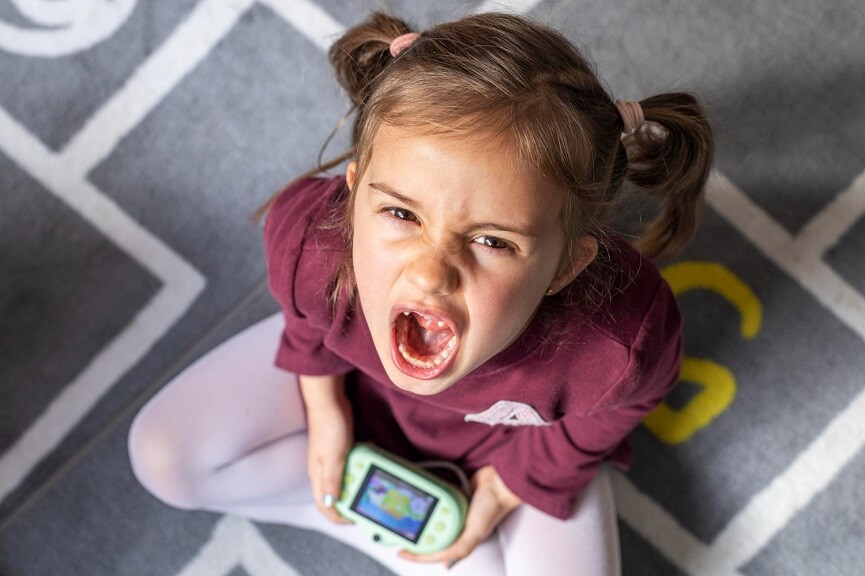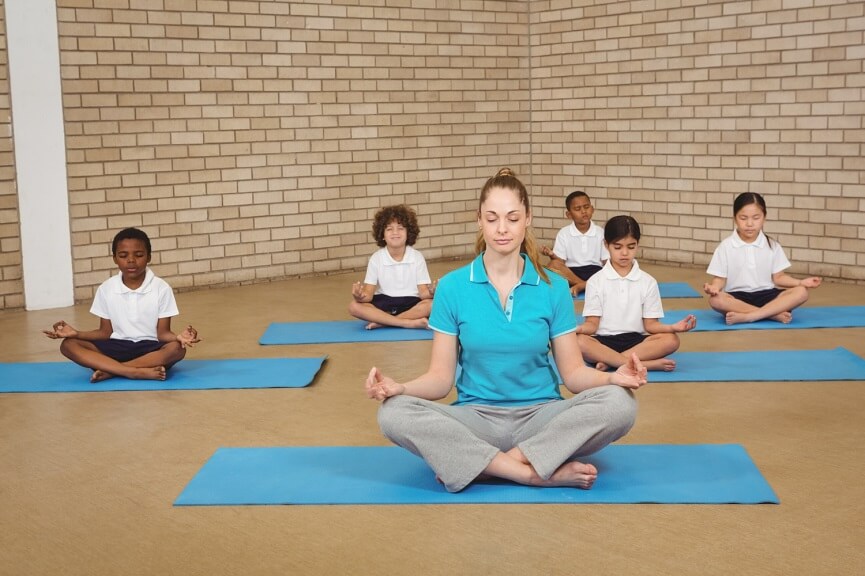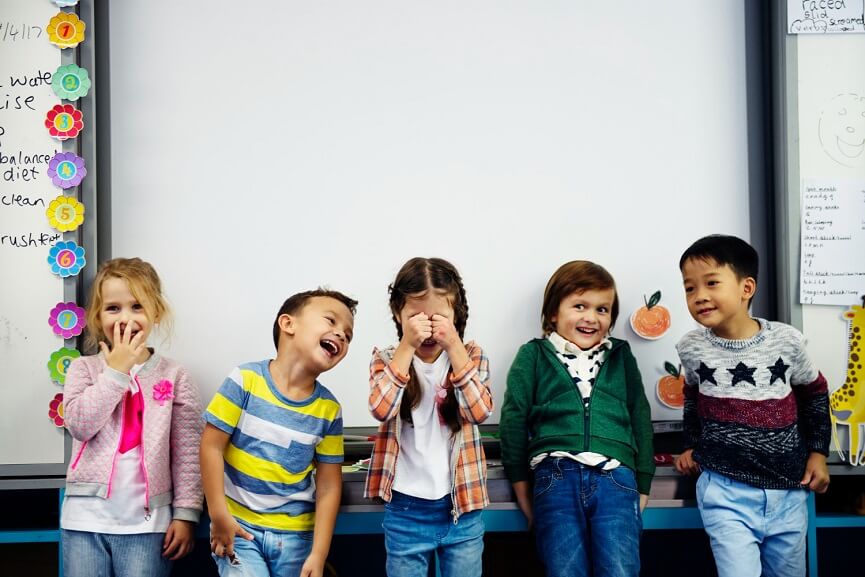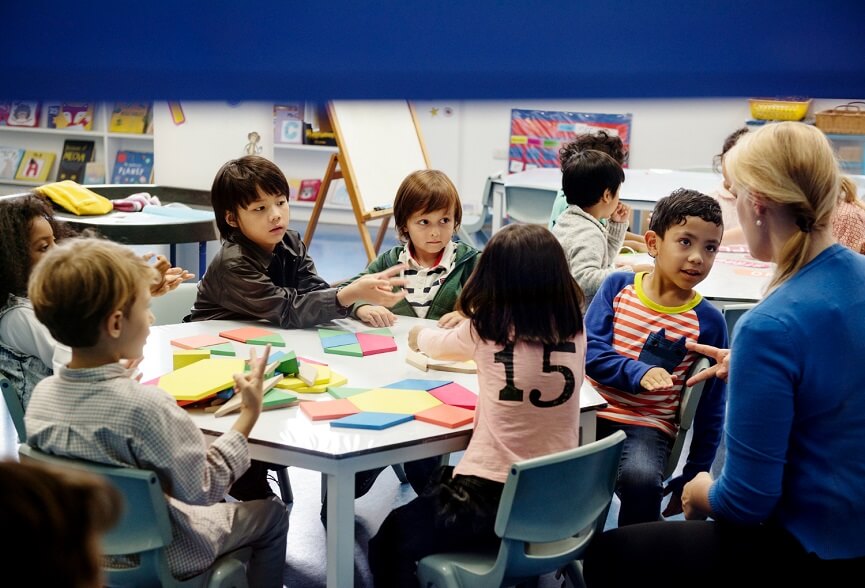
Ensuring your children’s safety and well-being requires you to give them knowledge about good and bad touch. In an age where setting personal boundaries is important, parents play a role in starting this discussion. Build trust and confidence in children. It begins with teaching them to tell the difference between good and bad physical touch. The article explores how parents could practically handle this sensitive topic.
You should focus on creating open communication and a secure environment for discussion. You should teach our children about permission and body autonomy at an early age and give them the tools they need to deal with relationships with confidence and courage.
What is Good Touch and Bad Touch?
There are two ideas that everyone has to understand: good touch and bad touch. Any physical contact that comforts and calms someone counts as a good touch. This may include giving back pats, high-fives, and hugs. However, any physical touch that causes pain, discomfort, or fear in another person counts as a bad touch. This may include grabbing, pushing, or hitting someone without their permission. Help your children identify when something is wrong and know where to turn for help when necessary. Adults must have conversations with them about good and bad touch.
“Good touch” is a soft embrace or other act of showing one another that one feels cared for. However, a “bad touch” is unwanted or forced touch (such as one’s private areas). You may educate your kid that some touches are okay and others are not. They should learn to say “NO” when asked and to report any improper or harmful touches to you if they are at school.
Importance Of Teaching Kids About Good And Bad Touch
It is almost hard for parents to constantly watch over their kids to make sure they are safe. Understanding good and bad touch may benefit kids in many situations, whether they are with a relative, at school, or at a friend’s home.
- Prevent them from sexual abuse: Children may not always notice when they have been abused since they are always learning. Educating them about what’s right and wrong can save them from suffering the pain of sexual abuse. With this knowledge, they may avoid painful and dangerous situations.
- Help them learn to say “NO”: As children grow and don’t know about the difference between bad touch and good touch, they may have trouble saying no to abuse. Help them learn why child sex is wrong and that they have the right to resist abuse.
Tips For Teaching Good Touch Bad Touch
- Teaching children about good touch and bad touch is an important part of their safety education. The following helpful tips can help you
handle this conversation: - Teach kids the names of bodily parts based on their anatomy: It is possible to teach the anatomical names of body parts with the names of other body parts, including the head, limbs, and legs. Learning the anatomical names of private parts enables kids to take part in talking about their bodies.
- Teach kids to respect their bodies: It is important to teach kids that some areas of their body should not be touched, recorded, or shown to people. The swimsuit rule is a simple example for kids to grasp. Teaching kids when there are exceptions to the swimsuit rule—like when parents need to change a baby’s diaper or when a kid has to go to the doctor for a checkup—is also important.
- Start talks from an early age: Talk to your children about their bodies during regular activities like bath time or swimming. This helps in creating an atmosphere in which a child feels comfortable talking about their body with their parents.
- Encourage open communication: Helping a child discuss his or her body also entails creating a safe and open atmosphere. Sexual attackers often offer bribes or threaten kids so that they do not tell their parents about the abuse. It is important to let your kid know that he or she is not required to keep secrets from you.
- Discuss more than just stranger danger: You often warn your children about strangers and the dangers of getting into a car or chatting with someone they don’t know. Still, 90% of sexual abuse cases are done by someone the kid knows. Be aware that your kid may be one-on-one with another adult, such as a team coach or group leader. Try to prevent situations when your kid is alone with an adult in a private space.
- Teach children what to do if someone tries to use a bad touch: Teach your kid how to say no and scream for help. Encourage your kid to run to a trustworthy adult. If a child is at a friend’s house or away from home, he or she may phone their parent right away.
- Teach kids who to ask for help: It is important to discuss with your children who they may turn to if they feel uncomfortable. This should become second nature to them, just like dialing 112 in an emergency. If a child is in danger, they may seek help from their parent, teacher, doctor, or a police officer.
Educating kids about bad and good touch is important for their wellbeing and safety. Early education gives your children the ability to identify incorrect behaviour and ask for help when needed. Open communication and constant support build a foundation of awareness and trust. Remember that it’s important to promote their freedom, confidence and safety. To prioritise your child’s safety and holistic development, enrol your kids at Billabong High International School. Your kid will surely turn into a confident person. Early education on this topic gives kids the skills they need to handle situations securely. It sets the stage for lifelong, healthy relationships.
Latest Blogs
- Understanding the Science behind the Day and Night Cycle
- Toddler Tantrums: Understanding and Tackling Toddler Outbursts
- Tips to attempt ICSE Class 10 Board Exam – Maths
- The Role of Yoga in Creating a Balanced Student Life
- School Life: A Journey of Growth, Learning, and Transformation






